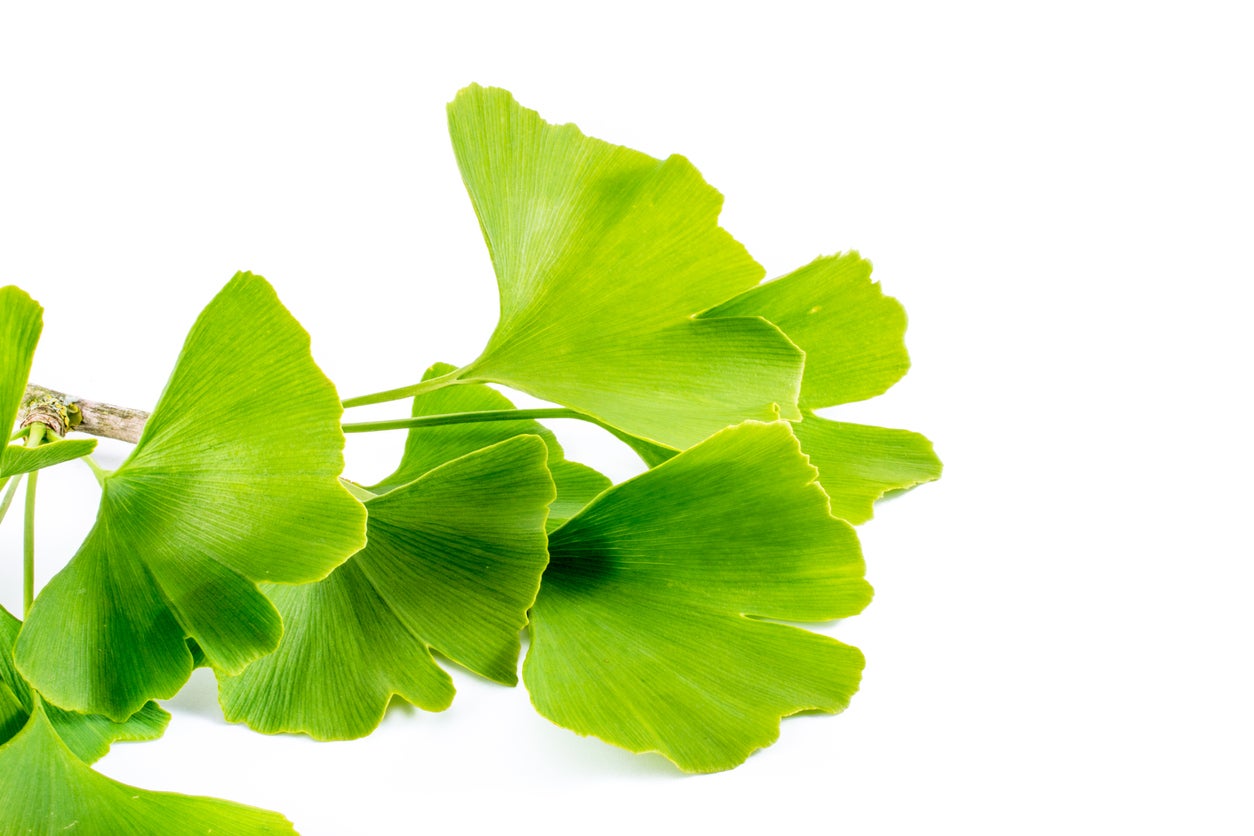Propagating Ginkgo Cuttings: Learn How To Root Ginkgo Cuttings

Ginkgo biloba is the sole surviving member of the extinct division of plants known as Gingkophya, which dates back some 270 million years. Ginkgo trees are distantly related to conifers and cycads. These deciduous trees are prized for their bright fall foliage and medicinal benefits, so it’s not surprising that many homeowners would want to add them to their landscape. While there a number of ways to propagate these trees, ginkgo cutting propagation is the preferred method of cultivation.
How to Root Ginkgo Cuttings
Propagating ginkgo cuttings is the easiest way to make more of these beautiful trees. The cultivar ‘Autumn Gold’ is the easiest to root from cuttings.
When it comes to propagating cuttings, your first question may be, “can you root ginkgo in water?” The short answer is no. Ginkgo trees are sensitive to poor drainage; they prefer well-drained soil and do well in urban areas surrounded by concrete. Too much water drowns them, so rooting in water is not very successful.
Just as there is more than one way to propagate a ginkgo tree, such as with seeds, there is more than one way to propagate by way of cuttings depending on your level of expertise.
Beginner
In the summer (May-June in the Northern Hemisphere), cut the tip ends of growing branches into 6 to 7 inch (15-18 cm.) lengths using a sharp knife (preferred) or a pruner (tends to crush the stem where the cut was made). Look for the hanging yellow cones of pollen on male trees and only take cuttings from these; female trees produce sticky, smelly seed sacks that are highly undesirable.
Stick stem ends into loosened garden soil or a 2 to 4 inch (5-10 cm.) deep container of rooting mix (usually contains vermiculite). The mix helps prevent molds and fungus from growing in the seed bed. Rooting hormone (a powdered substance that aids rooting) may be used if desired. Keep the seed bed damp but not sopping wet. The cuttings should root in six to eight weeks.
If winters aren’t too cold where you garden, the cuttings can be left in place until spring, then planted in their permanent spots. In harsh weather, pot the cuttings into 4 to 6 inch (10-15 cm.) pots of potting soil. Move pots to a sheltered area until spring.
Sign up for the Gardening Know How newsletter today and receive a free copy of our e-book "How to Grow Delicious Tomatoes".
Intermediate
Make 6 to 7 inch stem tip cuttings using a sharp knife (to avoid bark ripping) in summer to assure sex of trees. Males will have hanging yellow pollen cones, while females will have stinky seed sacks. Use rooting hormone to help improve success when rooting cuttings from a ginkgo.
Insert cut end of stem into rooting hormone, then into prepared soil bed. Keep soil bed evenly moist by using a light covering (e.g. bug tent) or daily watering, preferably with a timer. Cuttings should root in about six to eight weeks and may be planted out or left in place until spring.
Expert
Take stem tip cuttings of around 6 inches (15 cm.) long in summer for fall rooting to assure cultivation of male trees. Dip cuttings in rooting hormone IBA TALC 8,000 ppm, place in a frame, and keep moist. Temperature range should remain about 70 to 75 degrees F. (21-24 C.) with rooting taking place in six to eight weeks.
Making more ginkgo from cuttings is a cheap and fun way to get free trees!
Note: if you are allergic to cashews, mangoes, or poison ivy, avoid male ginkgoes. Their pollen is very aggravating and powerfully allergy-triggering (a 7 on a 10 scale).